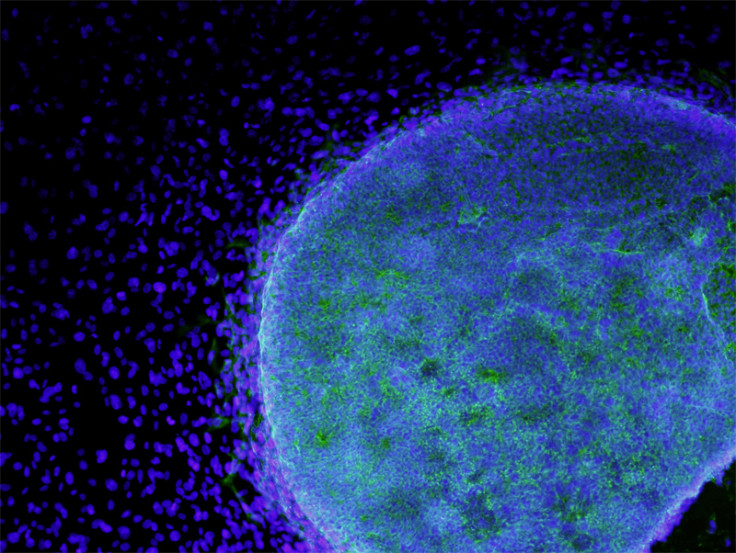Ancient Virus DNA Discovery Could be a Breakthrough in How Diseases are Treated

Understanding how retroviruses are passed down through our DNA could be the key to helping researchers re-programme normal cells to become stem cells for treating diseases.
Researchers from Canada and Singapore have discovered that the ancient viruses which entered our ancestors' genomes millions of years ago have altered the way our cells behave; the material left by dead viruses in our cells is the answer.
Their research looks at the messages sent out by embryonic stem cells in a new study entitled "The retrovirus HERVH is a long noncoding RNA required for human embryonic stem cell identity" in the Nature Structural & Molecular Biology journal.
Embryonic stem cells are pluripotent, meaning that they have the ability to become any other type of cell in the body. There are 200 types of cells making up the human body and for decades, researchers have struggled to understand how pluripotency works.
Passing down retrovirus DNA
Typically, a virus invades the human body by getting inside a cell and making copies of itself.
A retrovirus like HIV (the virus behind AIDS) is more troublesome, in that when it gets inside a cell, it also puts its own genes into the DNA of the human host cell, and then the cell is tricked into making new copies of the retrovirus.
It's rare, but occasionally retroviruses are able to infect sperm or egg cells, and if the infected sperm or eggs develop to become a person, their genes will contain retrovirus DNA, which can then be passed down to their descendants.
Not to worry though – the retroviruses that have passed down in human DNA are all long dead, but 1,000 copies of one particular class of retroviruses, known as the human endogenous retrovirus HERV-H, is still in our genome.
For a long time, scientists thought that this retrovirus DNA was just junk sitting around in the cells.
"A human genome is made of genes, DNA sequences controlling genes, and many things we don't understand. One of these unknowns is the retrovirus element," Professor Huck-Hui Ng, a molecular biologist at the Genome Institute of Singapore told IBTimes UK.
"The question one would ask is what are they doing in our genome? The reason we're in the study is to find out the precise function of these HERV-H retroviruses."
While the HERV-H retrovirus DNA is dead and cannot replicate itself, it continues to send out messages telling the embryonic stem cell how to become other cells in the body, and this is what makes the cells pluripotent.
What can we do with this?
The researchers discovered how pluripotency works by putting tiny bits of a biological molecule called RNA in human embryonic stem cells. HERV-H stopped sending out messages from the cells, so the cells became common fibroblast cells.
"We want to understand more about why the pluripotent cells are expressing so many messages. When we understand the complete picture, then we can think about how to use these messages for future applications," explained Ng, who co-authored the paper.
"If you know how to manipulate the cells, you can then use the pluripotent nature of the cells."
In 2006, researchers in Japan won the Nobel Prize for discovering that skin cells could be taken from a person and converted into pluripotent stem cells.
If researchers are able to grow stem cells that are pluripotent and send out many messages telling the body what cells to grow, then the stem cells could be used to treat medical conditions ranging from brain and spinal cord injuries, stroke, diabetes and multiple sclerosis.
Researchers in Japan are currently trying to cure eye diseases by using stem cells to grow pluripotent eye cells.
© Copyright IBTimes 2025. All rights reserved.






















